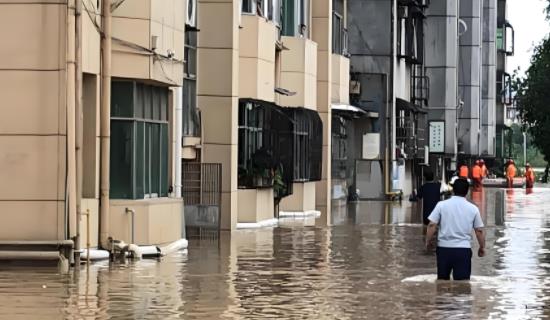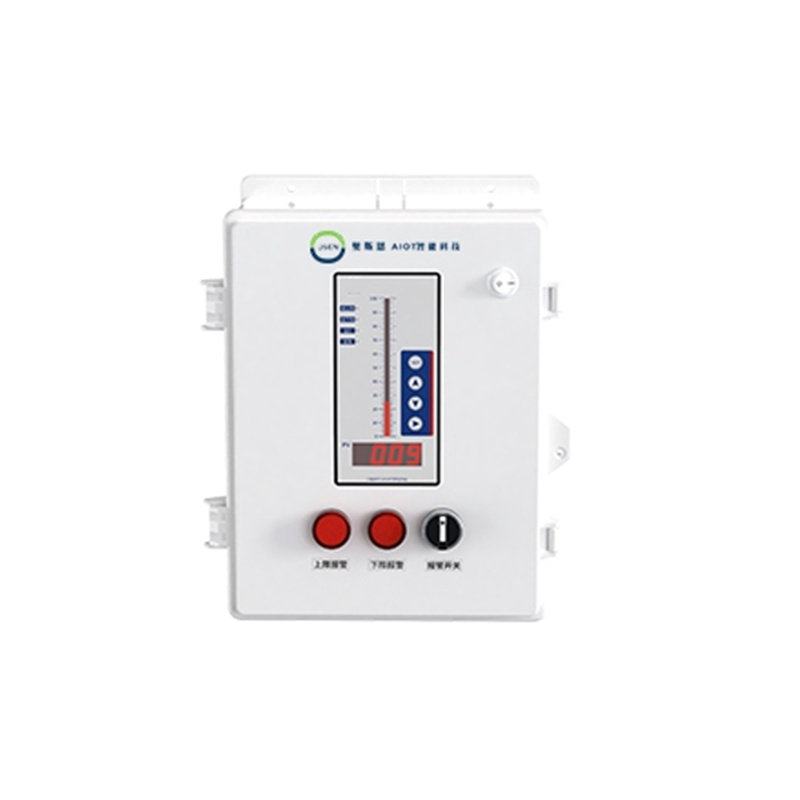Background of the use of hydrological and water conservancy online monitoring system
Under the dual impact of accelerated urbanization and climate change, the hydrological and water conservancy environment is facing complex challenges. The problems of urban waterlogging, river pollution, and water scarcity are becoming increasingly prominent. Traditional manual inspection and single point monitoring methods have drawbacks such as data lag, insufficient coverage, and high labor costs, making it difficult to respond in a timely manner to dynamic changes in the watershed. At the same time, smart water conservancy construction has become a trend in the industry, and national policies continue to promote the deep application of technologies such as the Internet of Things, big data, and cloud computing in the field of water conservancy. The hydrological and water conservancy online monitoring system deploys terminal devices such as rain gauges, water level sensors, and water quality detectors to build a global perception network, achieving 24-hour uninterrupted monitoring of key indicators such as rainfall, water level and flow rate, and water acidity and alkalinity. The data is uploaded to the cloud platform in real-time through wireless communication networks, providing scientific basis for flood control command and dispatch, water resource optimization allocation, and water ecological health assessment, and becoming a core technical means to safeguard water security and promote the modernization of water conservancy construction.

Hardware equipment
Fire water tank liquid level monitoring and warning system
The fire water tank, water tank liquid level monitoring and warning system is a device developed by our company for monitoring the depth of water level in fire water tanks, water tanks, and other equipment; Mainly aimed at monitoring water levels, it is used in conjunction with liquid level sensors to display the detected water level values both digitally and through a bar display for observation, making it more intuitive and convenient. The bar display can be set to correspond to the depth of the pool. If the depth of the pool is not consistent with the default depth, corresponding settings can be made. Multiple liquid level sensors can be displayed on the same box (up to 4 channels), allowing for on-site display of one to many situations;
The device is equipped with a default buzzer, upper and lower limit alarm indicator lights, and a mute switch. When the water level exceeds the set upper or lower limit, the buzzer will work (the buzzer can be enabled or disabled through the mute switch), and the corresponding upper and lower limit indicator lights will also light up to remind you to check the situation in the water tank or pool. If you want to modify the upper and lower alarm thresholds of the water level, you can do so by pressing the button or through the "Multi functional Parameter Configuration" app, or by pressing the button. The settings are simple and convenient.

Functional Features
1 multi-functional 4G communication interface, which can upload data to the cloud platform server through 4G mode;
Equipped with 1 relay output, it can be used for remote control;
Parameter configuration can be done through the "Multi functional Parameter Configuration" app, and button settings can also be made, making configuration simple and convenient;
Real time display of water level data, achieving high and low water level alarms;
Unique device address, easy to manage and identify, compatible with various software platforms provided by our company.
Radar water level monitoring system
Radar water level monitoring station is an unmanned online monitoring system that integrates data collection, storage, transmission, and management. The radar water level monitoring station consists of three parts: front-end radar water level gauge, data acquisition instrument, and system software platform. The equipment adopts non-contact monitoring method, which does not require direct contact with the medium, making installation and maintenance convenient and having a longer service life. The system is equipped with a large capacity FLASH storage chip; Multiple communication interfaces can easily establish wired communication connections with computers, and the GPRS wireless communication module can also achieve remote wireless connection between hydrological equipment and computer monitoring centers.

System Characteristics
Multiple transmission methods: Front end data can be uploaded to the smart cloud platform through 4G full network and Ethernet, and users can view device data remotely through computer or mobile devices. Users can also collect and integrate data through RS485 communication.
Multiple power supply methods: dual power supply system, AC 220V, battery, solar power supply system, etc., can be selected according to user needs, and can be flexibly switched between mains power and solar power. Intelligent control of mains power and battery power supply sequence ensures uninterrupted power supply to equipment, thereby ensuring data integrity;
Multiple viewing methods: Monitoring data can be viewed at any time through PC or mobile devices.
Specialized installation of uprights: ensuring that sensors are always in a horizontal position, using a triangular support design structure to solve the problem of horizontal bar sagging caused by long-term use, making measurement results more accurate.
Reliable operation in various harsh outdoor environments, low power consumption, high stability, high precision, and capable of unmanned operation; Reliable lightning protection design, grounding design, anti-interference and other protective measures;
Both hardware and software adopt modular open design, which can be flexibly combined and used; Monitoring elements can be selected according to actual needs. Modular design greatly facilitates the debugging and upgrading of equipment in the later stage;
Keyword:




